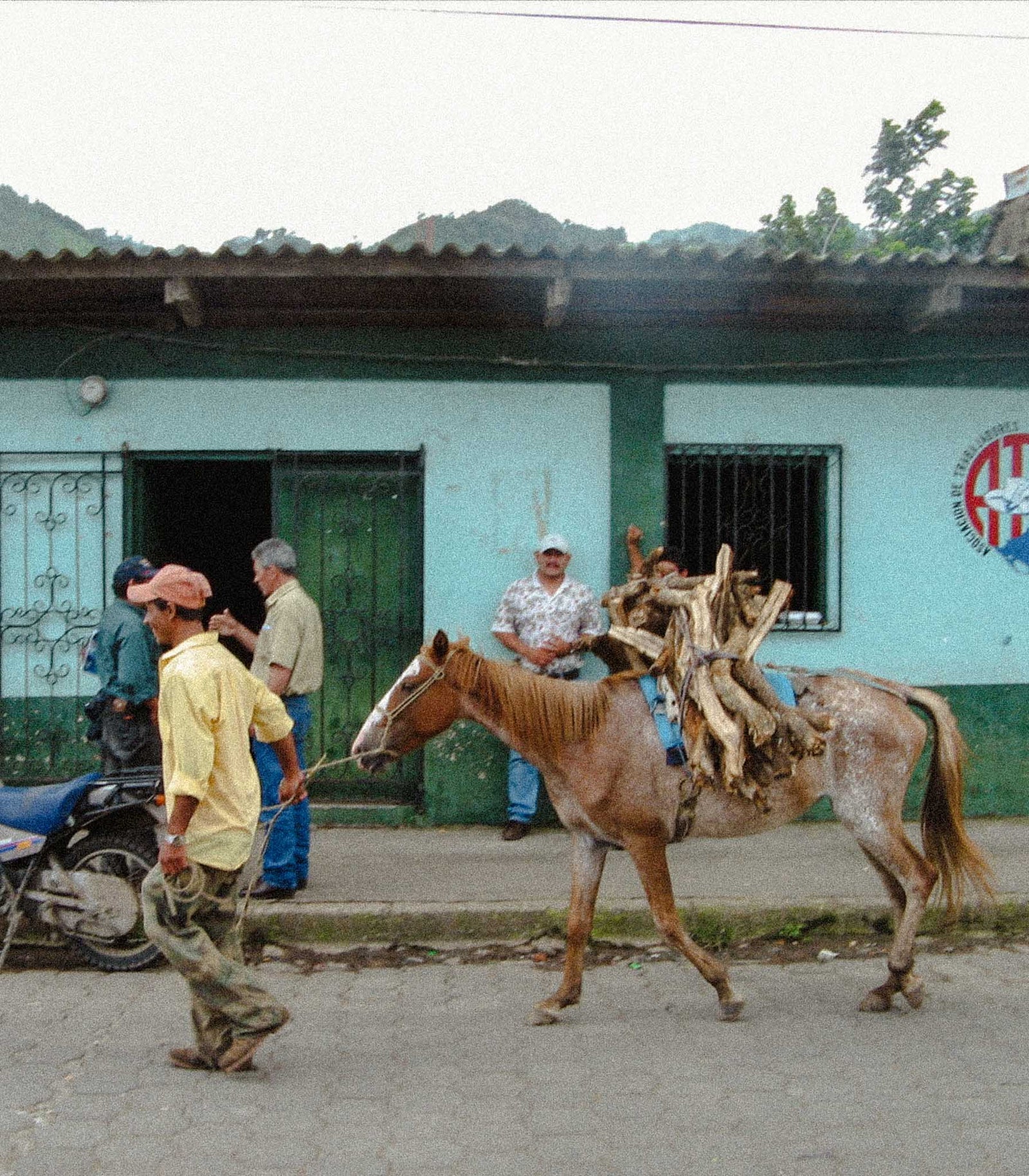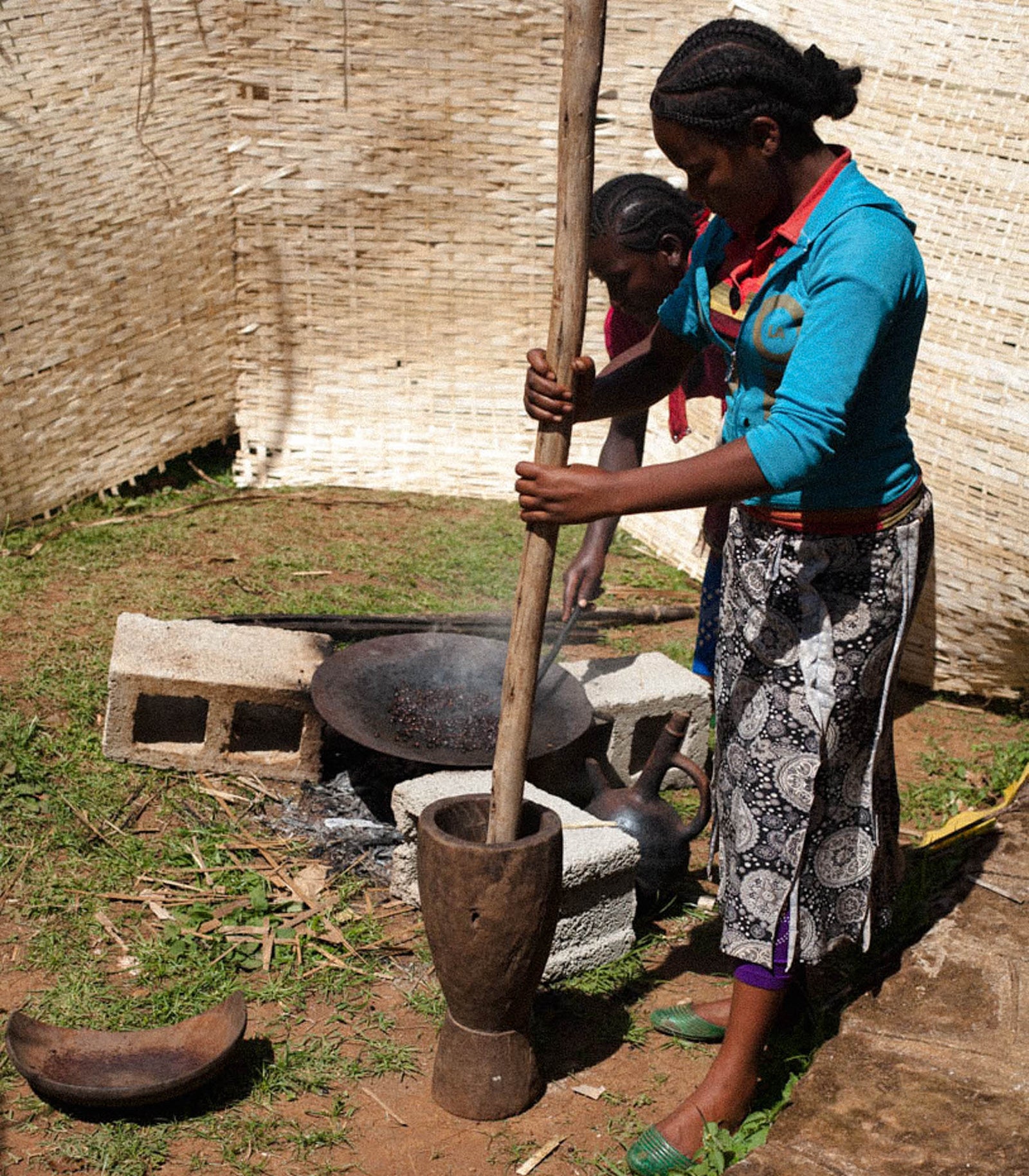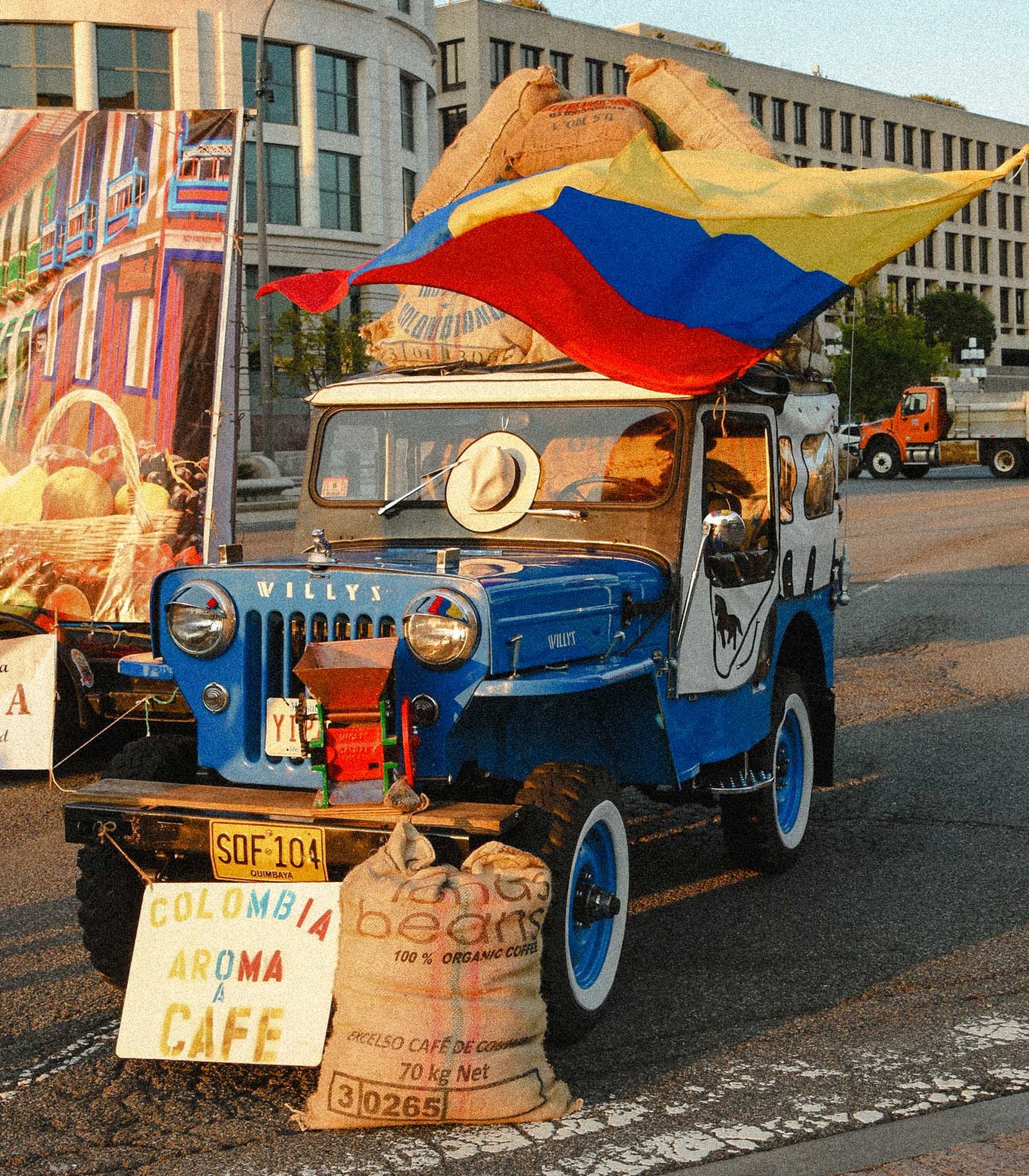SUMMER DAZE - Seasonal Blend
Our fan-favourite seasonal blend is back for its third year! Summer Daze returns to capture the vibrant feeling of summer. Crafted with beans from Nicaragua, Ethiopia, and Colombia, this blend is exceptionally bright, fruity, and refreshing. Designed to be versatile, it shines as for both hot and cold coffee drinks.
- Free UK Royal Mail tracked 48 delivery on all orders over £25.
- For orders under £25 delivery is charged at £2.95.
- Coffees roasted to order. One business day before dispatch.
- Worldwide delivery available, calculated at checkout.
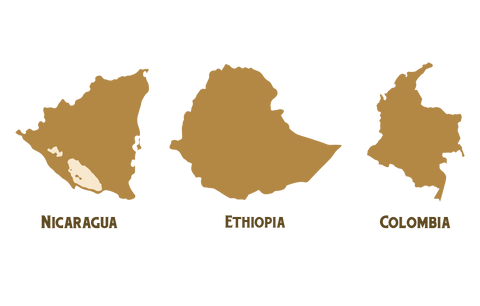
COFFEE OVERVIEW
| NOTES: | Blackberry, Caramelised Pineapple, Juicy |
| PRODUCER: | Various producers |
| VARIETAL: | Catuai - Caturra |
| PROCESSING: | Honey | Natural |
Jinotega, Nicaragua
Yirgacheffe, Ethiopia
Huila, Colombia
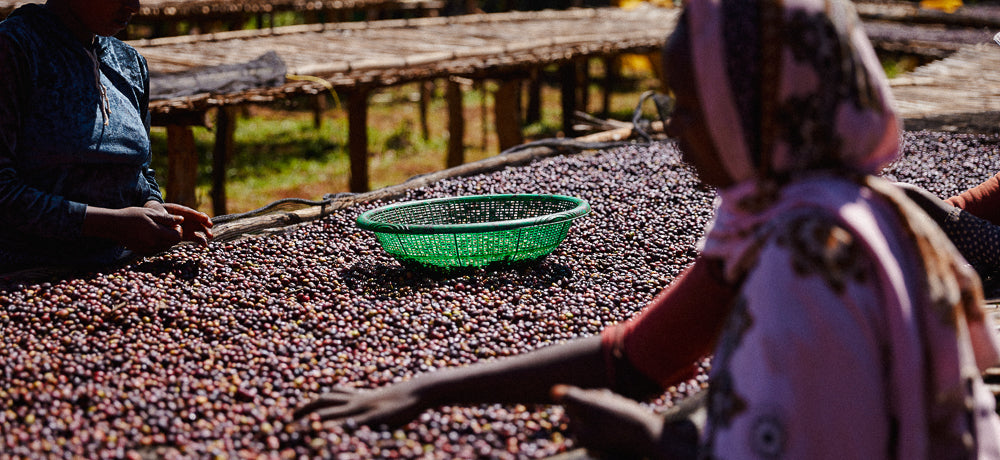
Natural | Honey Processed




